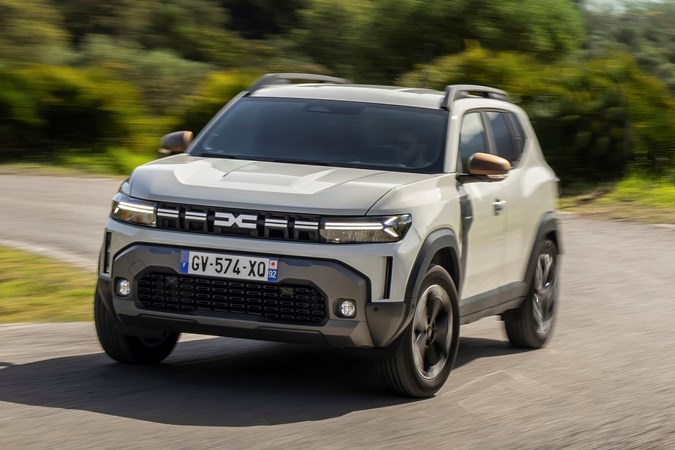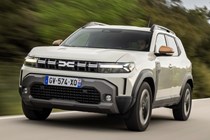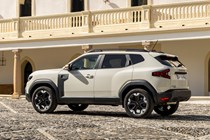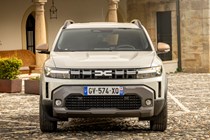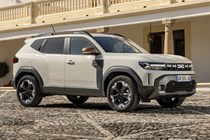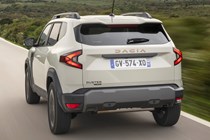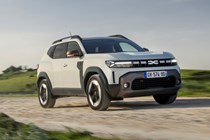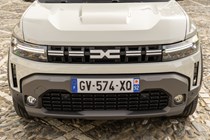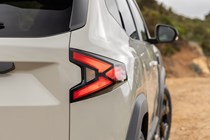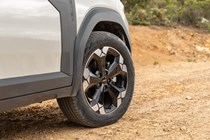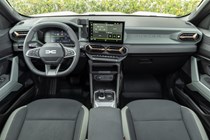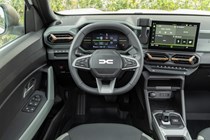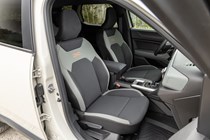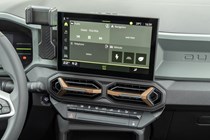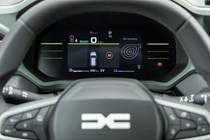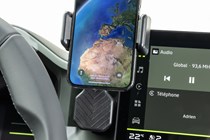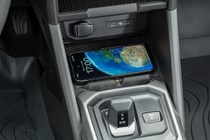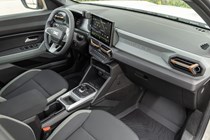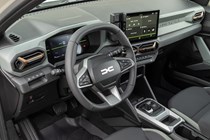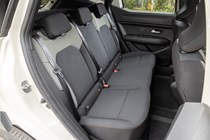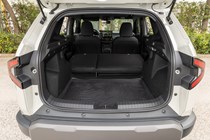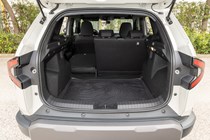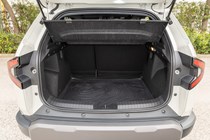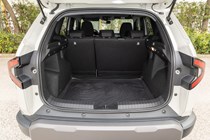Dacia Duster engines, drive and performance
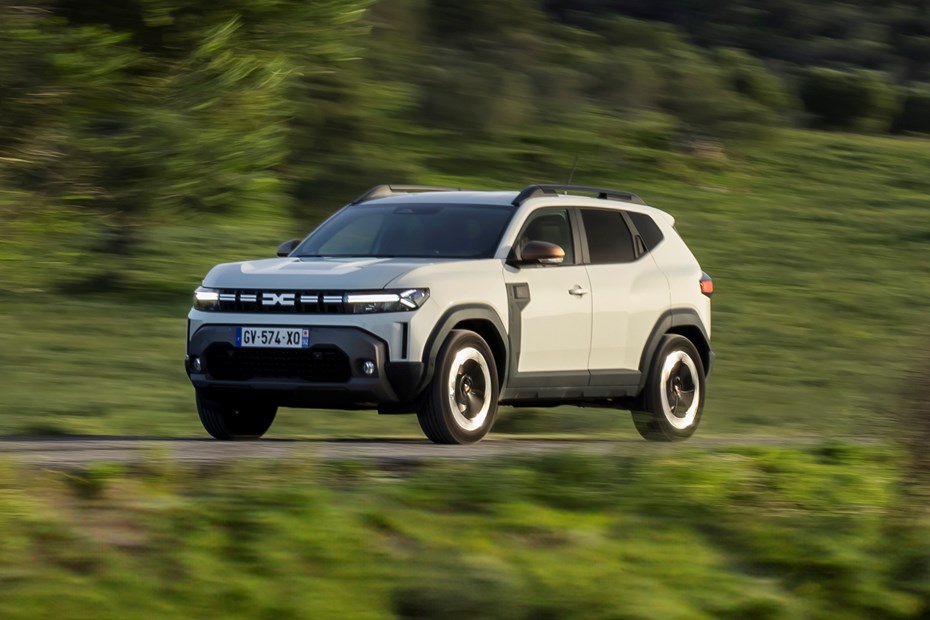
- Just two engine options… for now
- No diesels offered
- Not the last word in refinement
Petrol engine
There’s one choice of pure petrol engine in the UK – a 130hp 1.2-litre mild hybrid option named TCe 130. This engine is coupled to a six-speed manual gearbox only, but can be had with either two- or four-wheel drive.
The engine itself feels like more than enough for the Duster’s needs, given it’s actually a relatively light car. Acceleration is good, but seems to come all at once in a small lump, rather than progress smoothly as you gain speed, which can be a little lurchy. It’s also an odd-sounding engine; while hushed at low revs, it can buzz quite a lot when revved.
It’s also a disadvantage that your only gearbox option here is a six-speed manual. The manual is sufficient enough to use with reasonably spaced gears, but can feel a little notchy to shift – we missed a couple of gearshifts in our early miles with the car. That said, this is your only option if you want a four-wheel drive Duster.
Hybrid engine
The other option for the UK market is the hybrid – a new option for the Duster, if not new for Dacia or its parent company Renault. The Hybrid 140 engine has already seen use in the Jogger MPV as well as Renault models like the Clio, Captur and Arkana. It includes a 1.6-litre four-cylinder engine, battery and electric motor mixed together and this is your only way to get an automatic Duster.
During our time with the car, the Hybrid model accelerated smoothly and was remarkably efficient, delivering good fuel economy over a long test. The powertrain tries to stay in electric mode as much as it can, particularly when driving in towns and cities.
But it can be unpredictably noisy when the engine turns on, with high revs intruding into the cabin at seemingly random times – something that can be annoying and slightly disconcerting.
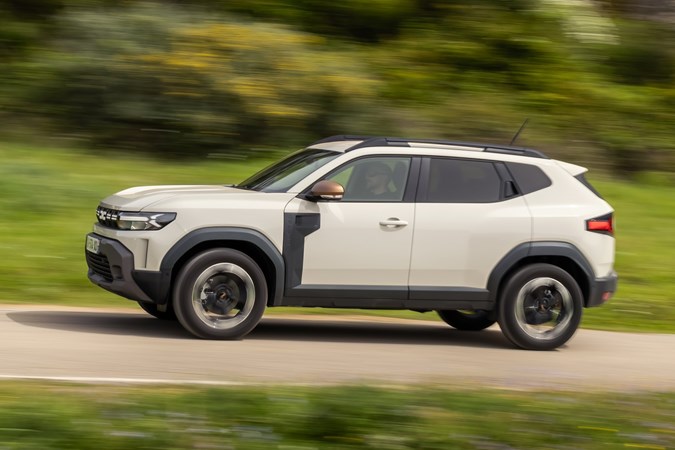
What’s it like to drive?
- Very good to drive on road
- And surprisingly good off it
- Soft ride and excellent steering
Whether you’re on or off the road, the answer is: very good. The steering is light and easy to use, though you grip an oddly hexagonally-shaped steering wheel, and weights up nicely as you gain speed.
What really impresses is the ride quality – a big improvement over other cars in Dacia’s range. The suspension handles bumps very well, even if you choose a model with large alloy wheels – including over potholes or bridge expansion joints.
But the car’s boxy design doesn’t pay dividends when it comes to wind noise. The chunky front end and boxy shape, as well as large door mirrors, mean gusts of wind blast into the car and cause a lot of noisy intrusion.
What’s it like off-road?
Dacia’s made an effort to inject some extra 4×4 toughness into the 4×4 model. As well as new drive modes via a dial on the centre console (mud/sand, snow and off-road that locks power deliver to 50/50 front/rear), 4×4 models are slightly taller and benefit from impressive approach and departure angles.
Off-road tech in the higher models includes a front camera to see over steep hill crests and, even with the manual gearbox, engaging a gear will allow the car to crawl over terrain and even climb hills without stalling.
We experienced a trickier-than-expected off-road course during our time with the Duster and, while I was guided with a pro in the passenger seat, the Duster handled it all easily. It’s a shame that so few Duster owners will use its off-road prowess beyond driving up the odd dusty track.
